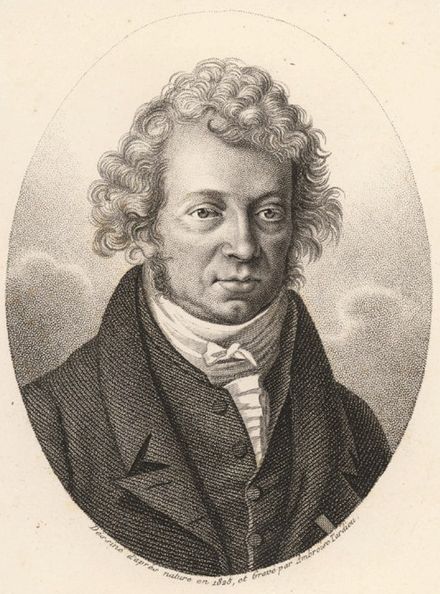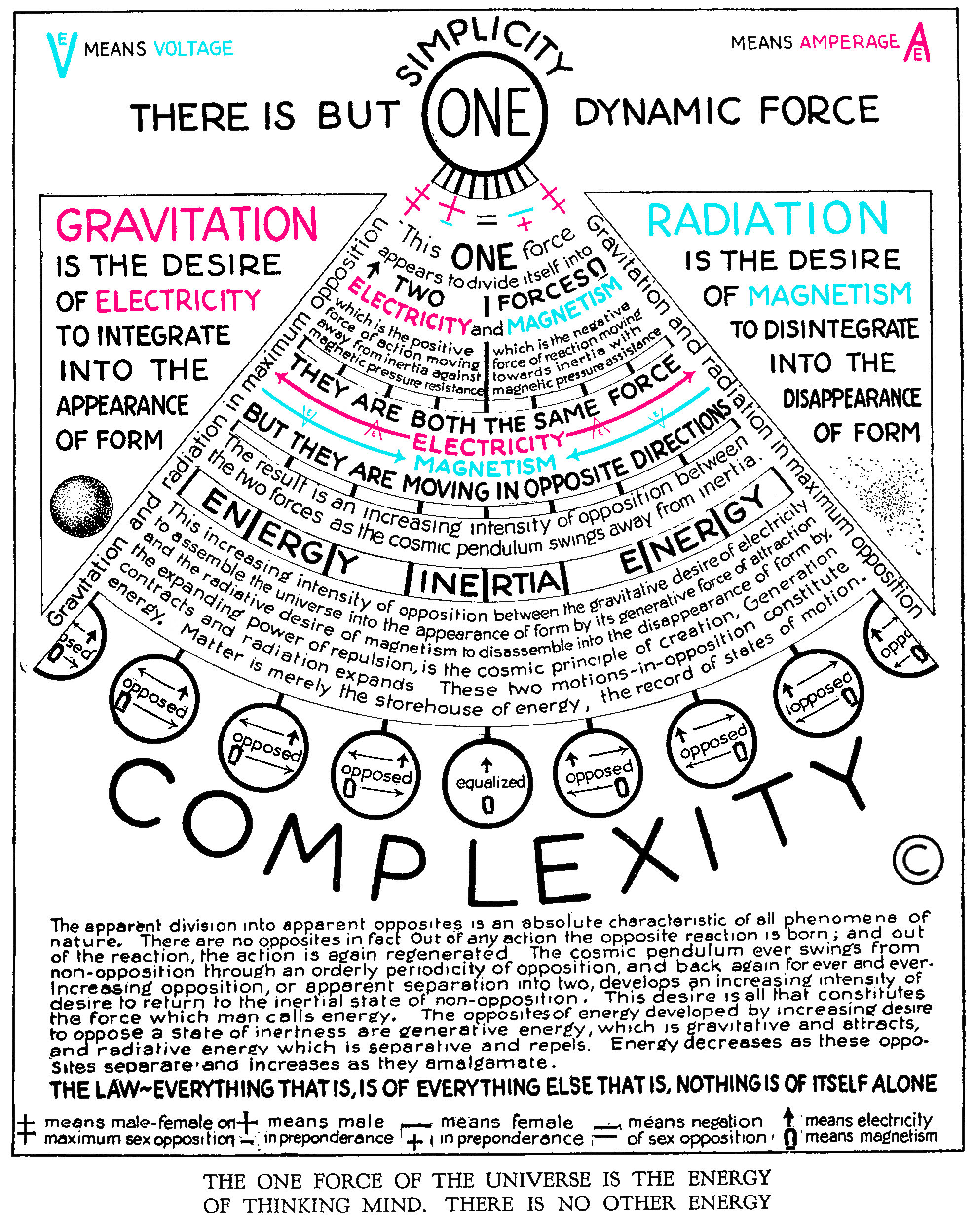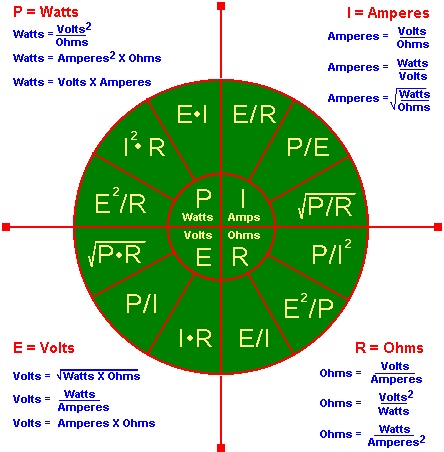
André-Marie Ampère (20 January 1775 – 10 June 1836) was a French physicist and mathematician who was one of the founders of the science of classical electromagnetism, which he referred to as "electrodynamics". He is also the inventor of numerous applications, such as the solenoid (a term coined by him) and the electrical telegraph. As an autodidact, Ampère was a member of the French Academy of Sciences and professor at the École polytechnique and the Collège de France.
The SI unit of measurement of electric current, the ampere, is named after him. His name is also one of the 72 names inscribed on the Eiffel Tower. [wikipedia]
"The experimental investigation by which Ampere established the law of the mechanical action between electric currents is one of the most brilliant achievements in science. The whole, theory and experiment, seems as if it had leaped, full grown and full armed, from the brain of the 'Newton of Electricity.' It is perfect in form, and unassailable in accuracy, and it is summed up in a formula from which all the phenomena may be deduced, and which must always remain the cardinal formula of electro-dynamics." [James Clerk Maxwell]
See Amperage
"(Amperes are) Dissipating potentialized coulombs per second flowing, so amps are something translating, always. Amps are excited coulombs, per second, that are dissipating their excitation. With superconductivity excluded, you only have amps when you have a potential drop across a load. So we will speak of amps as "dissipating," meaning that potentialized electrons are traveling through a load, dissipating their activation (gradients) in the load by radiating scattered photons (heat)." [Bearden, The Final Secret of Free Energy]
In the Russell paradigm (as per Russell) amperes (amps) are units of charging electrical energy or syntropy. This new table is a beginning to developing tables as suggested by Keely in his Keelys Forty Laws. [See Volt]
Russell multiples for ampere (A) | |||
Indig | Symbol | Multiple | Syntropy Potential |
| 4++ V | Ar4 | 83 | 512 |
| 3+ V | Ar3 | 82 | 64 |
| 2+ V | Ar2 | 81 | 8 |
| 1+ V | Ar1 | 80 | 1 |
| 0 V | Ar0 | 00 | 0 |
In the [The Universal One] see pages 83, 163 and 173.

"Amperes = Dissipating potentialized coulombs per second flowing, so amps are something translating, always. Amps are excited coulombs, per second, that are dissipating their excitation. With superconductivity excluded, you only have amps when you have a potential drop across a load. So we will speak of amps as "dissipating," meaning that potentialized electrons are traveling through a load, dissipating their activation (gradients) in the load by radiating scattered photons (heat)." [Bearden, The Final Secret of Free Energy]

See Also
Amperage
Current
Electric Current
Electricity
elementary charge
Entropy
Inverse Square Law
Ohm
Resistance
Square Law
Syntropy
Volt
13.11 - Triple Currents and Streams
16.29 - Triple Currents of Electricity
